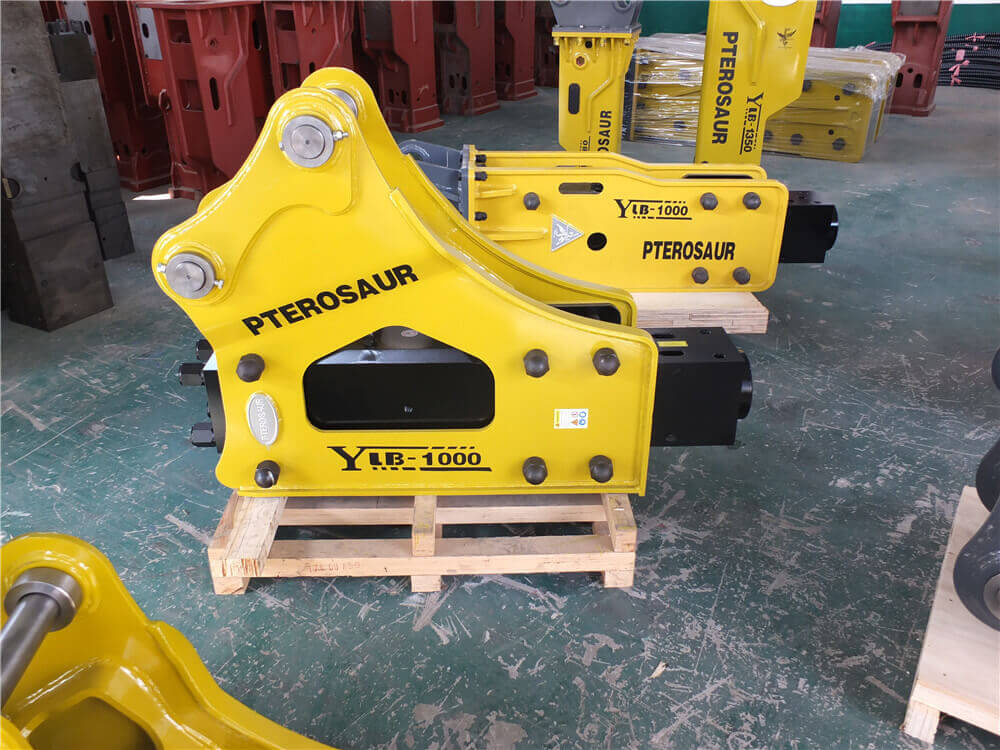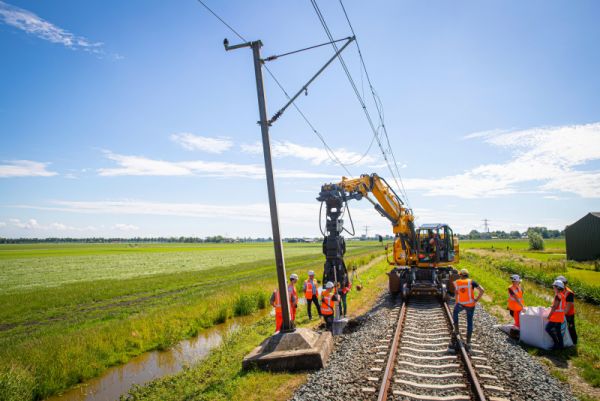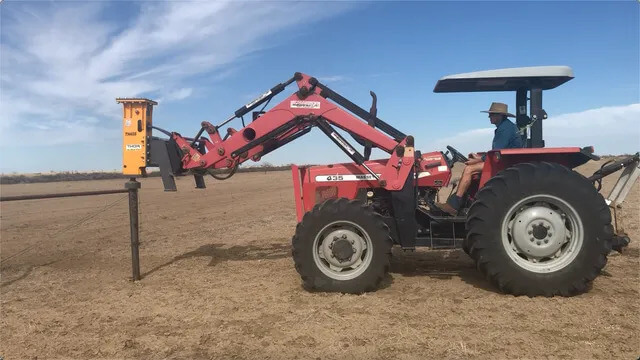Understanding Hydraulic Breakers: Noise Management and Reduction Strategies
Hydraulic breakers, essential tools in the construction and demolition industries, are renowned for their efficiency in breaking concrete, rock, and other hard materials. However, one significant drawback of these powerful machines is the high noise levels they generate during operation, which can range anywhere from 0 to 130 decibels (dB). This article delves into the noise aspects of hydraulic breakers, the implications for worksite conditions, and innovative strategies for reducing noise and vibration.
The Noise Spectrum of Hydraulic Breakers
The noise produced by hydraulic breakers is influenced by various factors, including the size of the hammer and the materials being processed. Typically, larger breakers tend to generate higher decibel levels. For instance, while a smaller unit might operate at around 100 dB, heavier models can reach up to 130 dB. This high noise level poses challenges, especially in urban settings where noise regulations are stringent.
The Importance of Noise Reduction
Excessive noise from hydraulic breakers can lead to several issues, including worker fatigue, lower productivity, and potential hearing loss. Additionally, in residential areas, loud operations can disrupt the local community and lead to complaints. Therefore, implementing noise reduction measures is not just beneficial but often necessary for compliance with local regulations.
Innovative Solutions for Noise Reduction
1. Box Type Hydraulic Breakers
One of the most effective advancements in noise reduction technology is the development of box type hydraulic breakers. These models feature specialized enclosures designed to minimize sound emissions. The unique design includes damping materials that absorb vibrations and reduce noise levels significantly, making them ideal for urban applications where noise control is critical.
2. Sound Suppressed Designs
Manufacturers like Bretec by Sandvik and Takeuchi have introduced sound-suppressed hydraulic breakers that comply with noise directives such as the EC Directive 2000/14/EC. These breakers utilize advanced materials and acoustic insulation techniques to ensure lower operating noise levels, often measuring around 110 dB or less, which is considerably quieter than traditional models.
3. Operational Techniques
Beyond equipment design, the operation of hydraulic breakers can also be optimized to reduce noise. Techniques such as controlling the impact rate and using hydraulic fluid effectively can help lower noise emissions. Operators trained in best practices can minimize the noise generated during breaking tasks.
4. Regular Maintenance
Ensuring that hydraulic breakers are well-maintained is crucial for optimal performance and noise management. Regular checks on hydraulic fluids, seals, and overall machine condition can prevent excessive noise caused by mechanical failures or inefficiencies.
Conclusion
As the construction industry continues to evolve, the emphasis on creating quieter work environments is becoming increasingly important. Hydraulic breakers, while powerful, do not have to be synonymous with excessive noise. Through innovative designs, operational strategies, and regular maintenance, it is possible to significantly reduce the sound levels associated with these essential tools. By adopting such measures, companies can enhance worksite conditions, protect their workers’ hearing, and maintain positive relationships with surrounding communities.





































